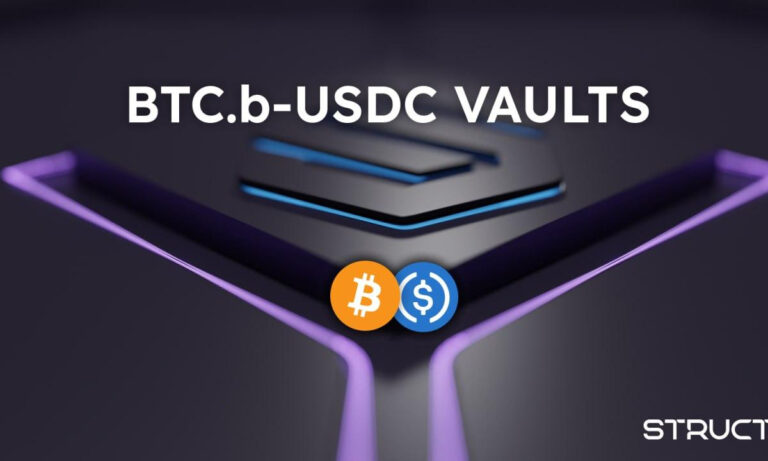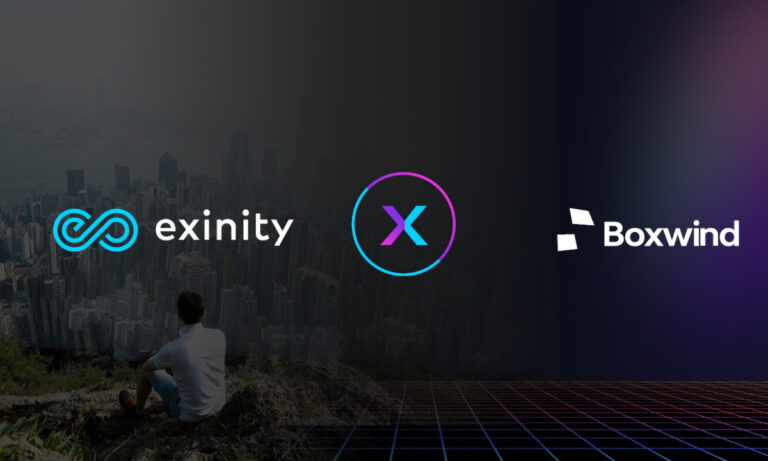Ripple’s Milestone: World Bank Classifies XRP as a Game-Changer in Global Payments

- The World Bank’s classification of XRP as a stablecoin marks a significant endorsement of its utility in the payments landscape, potentially reshaping its future.
- Ripple’s strategic moves, including acquisitions and plans for a stablecoin, fuel speculation and debate within the crypto community about XRP’s role and stability.
In an unprecedented move, the World Bank has officially recognized XRP as a stablecoin, catalyzing discussions within the cryptocurrency community regarding its implications for Ripple and the global payment system. This recognition not only underscores XRP’s pivotal role in financial transactions but also ignites speculation about its growth trajectory and the strategic maneuvers of Ripple, the company behind XRP.
Ripple’s recent activities, particularly its acquisitions and hints at launching its own stablecoin, have thrown the spotlight on the company’s ambitious roadmap. The controversy stirred by the World Bank’s stance reflects the broader debates about the future of cryptocurrencies and their integration into the global financial ecosystem.
Navigating the Stability Debate
Amidst the discourse, the endorsement by a venerable institution like the World Bank enhances Ripple’s credibility, suggesting a bright future for XRP within the financial landscape. It hints at the evolving nature of XRP, potentially transitioning towards a stablecoin, thereby reinforcing its utility for stable and efficient cross-border payments.
The crypto community, ever vigilant, contemplates this development’s implications, pondering whether it heralds a transformation for XRP or solidifies its existing value proposition as a premier vehicle for international transactions. The debate extends to XRP’s volatility and its qualification as a stablecoin, with figures like Sean McBride, formerly of Ripple, advocating for XRP’s established utility over speculative ventures into new functionalities.
This conversation is further enriched by innovative proposals like leveraging XRP in liquidity pools for Automated Market Makers (AMMs), which could amplify its utility without detracting from its core functions. AMMs, pivotal in the decentralized finance ecosystem, facilitate cryptocurrency exchanges through liquidity pools rather than traditional order books, offering participants a share of transaction fees as an incentive.
XRP’s Path Forward
The discourse surrounding XRP’s classification by the World Bank and its implications for Ripple and the broader cryptocurrency market is multifaceted, encompassing speculation, strategic positioning, and technical analysis. Despite a slight dip in its weekly performance, XRP showcases a promising long-term trend, buoyed by technical analyses and bullish market projections. Currently trading at $0.54567, XRP’s journey is emblematic of the dynamic and evolving cryptocurrency landscape, reflecting broader trends of innovation, speculation, and strategic adaptation.








